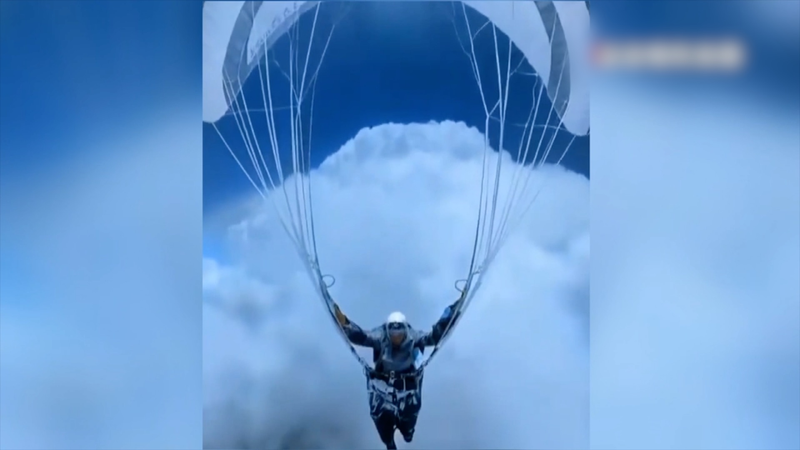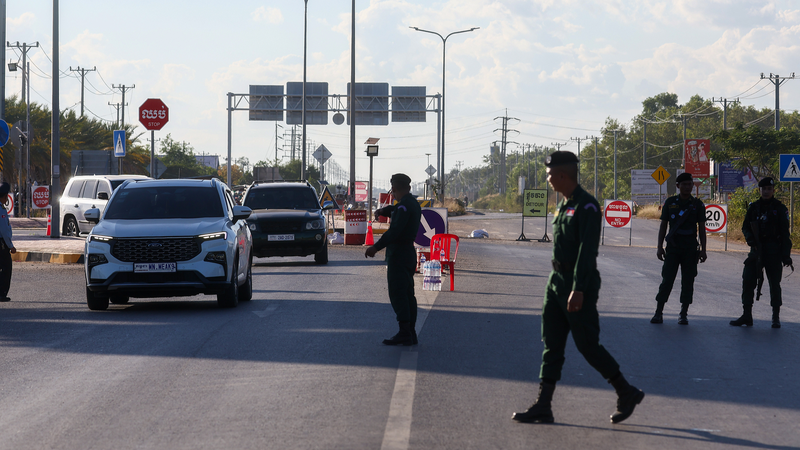When a paraglider over the Qilian Mountains in the Chinese mainland was suddenly lifted to 8,598 meters without oxygen gear, it wasn't magic – it was cloud suck. This dramatic updraft near towering cumulonimbus clouds can spiral flyers to stratospheric heights in minutes, turning a routine flight into an extreme survival story.
Cloud suck happens when powerful updrafts around developing storm clouds draw air – and anything in it – straight up. These currents can exceed speeds of 15 meters per second, quickly carrying paragliders beyond safe altitude limits. At such heights, pilots face severe cold, hypoxia, turbulence, and even lightning.
After landing safely, the Chinese paraglider described icy hands and oxygen deprivation as he hovered near commercial airliner cruising levels. Aviation expert Wang Yanan warns that exceeding 8,000 meters endangers both flyers and civil flights. "A paraglider in regulated airspace is nearly invisible to radar, creating collision risks that could be catastrophic," he explains.
China's unified flight control system divides airspace into classes. Class A, above 6,000 meters, is reserved for long-haul carriers under strict instrument flight rules. Although general aviation in Class G and W airspace enjoys more freedom, pilots must still coordinate with authorities and steer clear of serious weather phenomena.
While cloud suck can offer thrilling altitude gains, experts urge extreme caution. Without proper oxygen equipment and clearances, these updrafts can quickly transform an adventurous flight into a life-threatening ordeal.
Reference(s):
What is cloud suck, the phenomenon behind the paraglider incident?
cgtn.com




